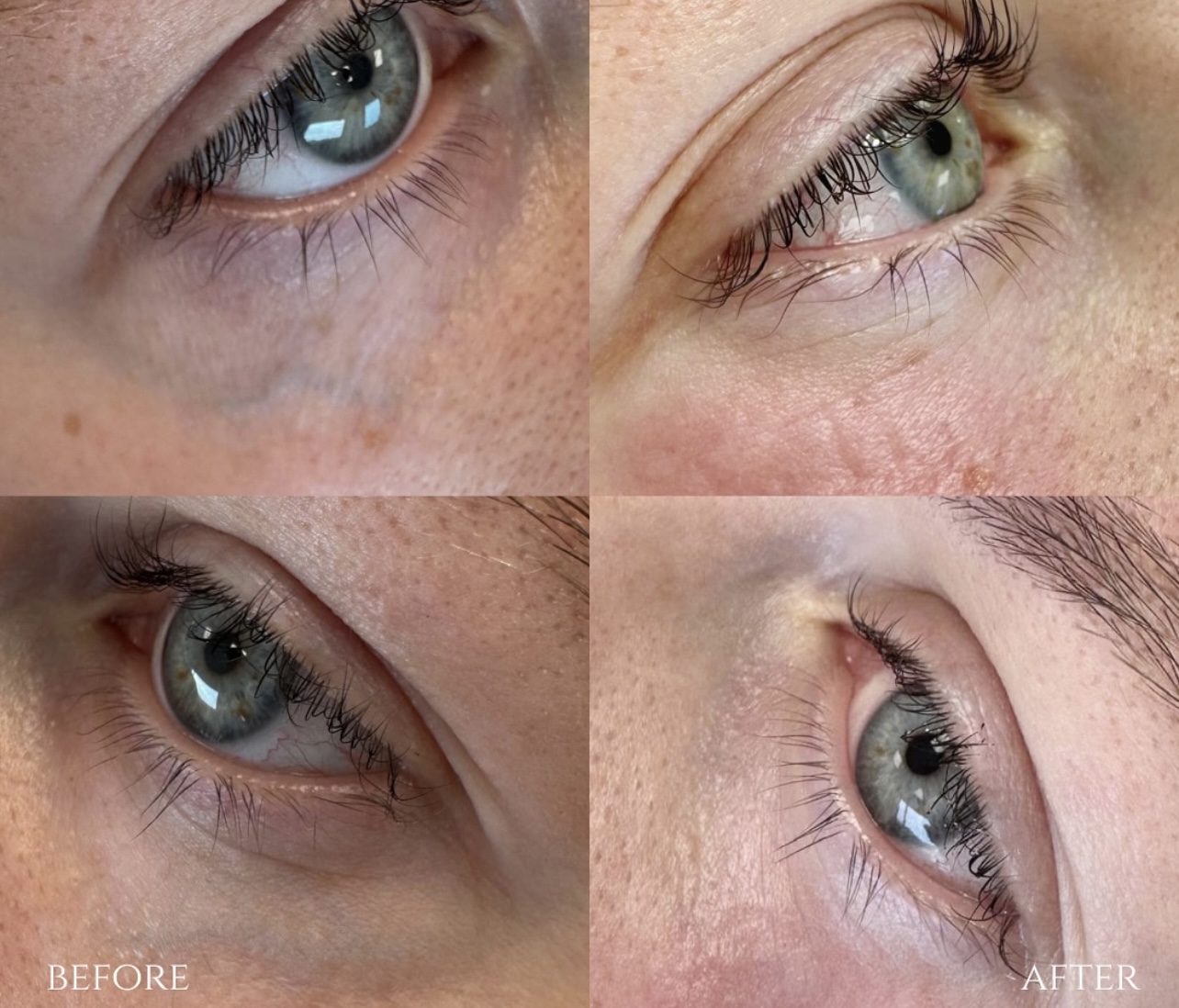Laser treatment is one of the most popular procedures for removing various pathological blood vessels.
One of the more common aesthetic problems is dilated capillaries, which can appear as red spots or lines on the skin - facial telangiectasia or "spider webs" on the hands and face, angiomas and hemangiomas, and benign vascular malformations.
How does the removal of blood vessels by a laser work?
The Fotona Nd:YAG laser targets hemoglobin in blood vessels, which is an ideal target. The laser uses heat and light to send photothermal rays into blood vessels, making the blood clot in the treated area. A tiny clot forms in the blood vessel and blood is rerouted to blood vessels, which are deeper below the surface of the skin. The lymphatic system and immune cells of the body work to break up the clot over the next few weeks and close off all superficial blood vessels.
The process is a completely safe and effective way to remove various pathological blood vessels.
Which blood vessels are treatable?
- Facial blood vessels (telangiectasia) - usually in the form of fine red blood vessels on the nose and face, which are visible and unaesthetic.
- Veins visible through the skin of lower eyelids, giving the person often a tired and exhausted look.
- Angioma - angiomas are very common and appear as tiny cherry red bumps. New angiomas are flat and grow larger and increase in number as the person becomes older.
- Blood vessels on the legs, so-called spider webs on the legs - can be blue, purple or red in colour and appear as fine lines, networks or branches of lines.
- Hemangioma - a well-defined birthmark that is pink or red in colour.
- Papule – a bluish soft lesion caused by dilated blood vessels, occurring most commonly on the lower lip.
- Laser treatment is not suitable for varicose veins, in which case sclerotherapy or a surgical approach is recommended.
A thorough consultation and assessment will help you to learn, which blood vessels could be treated with laser therapy, and decide whether this treatment would be suitable for you.
When will I see the result of the laser treatment of blood vessels?
- Most patients notice the result after two to six weeks have passed from the procedure. The final results may appear even after several months. Over time, new blood vessels may form, which can also be treated with the laser.
- 1-2 procedures are enough for most patients.
- The number of procedures depends on the following circumstances:
- Number of the blood vessels
- Color of the blood vessels
- Size of the blood vessels
- Area of the blood vessels
Is the vascular laser procedure painful?
Even though the majority of patients experience a slight stinging feeling, when the laser energy reaches the blood vessels, we use a cooling system (Zimmer cryotherapy device) that makes the procedure much more comfortable, protects the epidermis and makes the procedure more bearable for the patient. The procedure requires no local anesthesia.
After the procedure, you may experience slight redness and local swelling or bruising in the treated area, and in very rare cases, blisters may develop. This usually lasts less than 24 hours. The blood vessel may become gray or purple and remain as such for a couple of weeks until clotting is complete.
Pre- and post-treatment guidelines for the laser treatment of blood vessels:
Before the laser procedure:
- Avoid sun exposure and solarium 2 weeks before the procedure
- Do not use self-tanning products
- Shave the treated area before the procedure
After the laser procedure:
- Within 24 hours after the procedure, you may have a slight feeling of heat, tenderness, swelling, redness
- Occasionally, small blisters may develop in the treated area
- The treated blood vessels may turn darker and change color within a couple of weeks
- After the treatment of leg capillaries, we advise using compression hosiery for a week after the procedure
- Avoid intense training, sauna and swimming within 24 hours
- Protect your skin from the sun
Contraindications:
- Broken or traumatized skin in the area to be affected
- Presence of herpes in the area to be treated
- Using the medicine Roccotane or Accutane
- Pregnancy and breastfeeding

